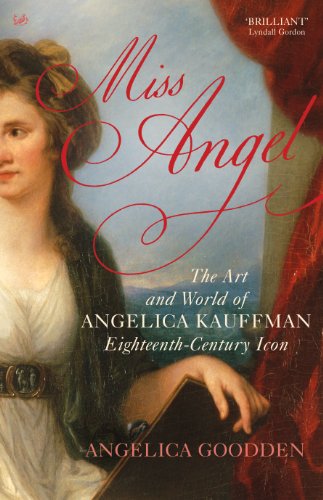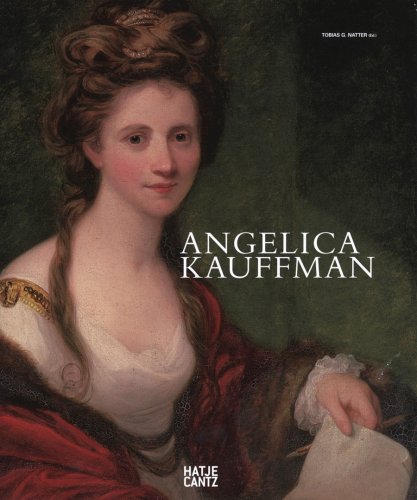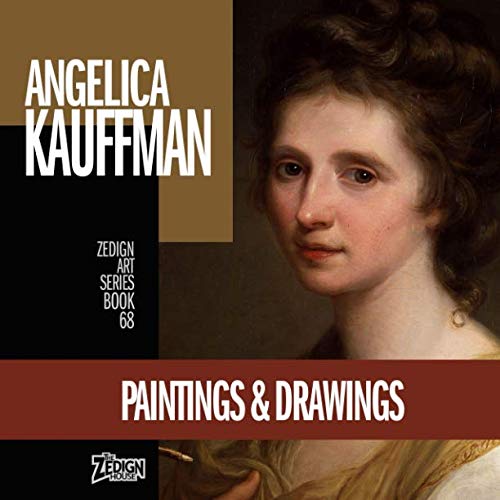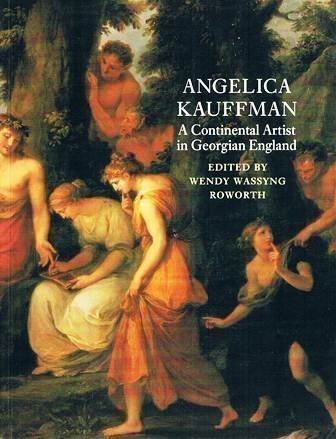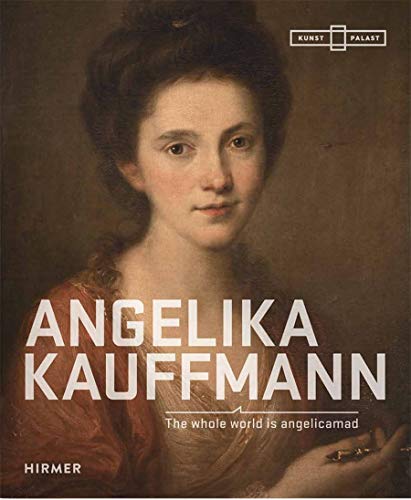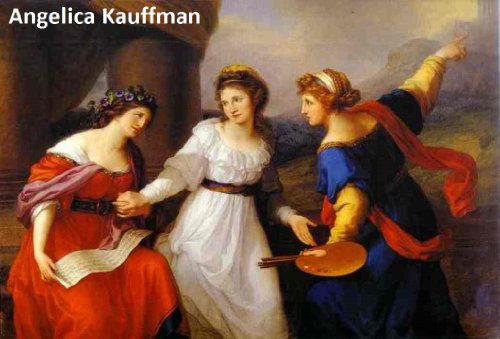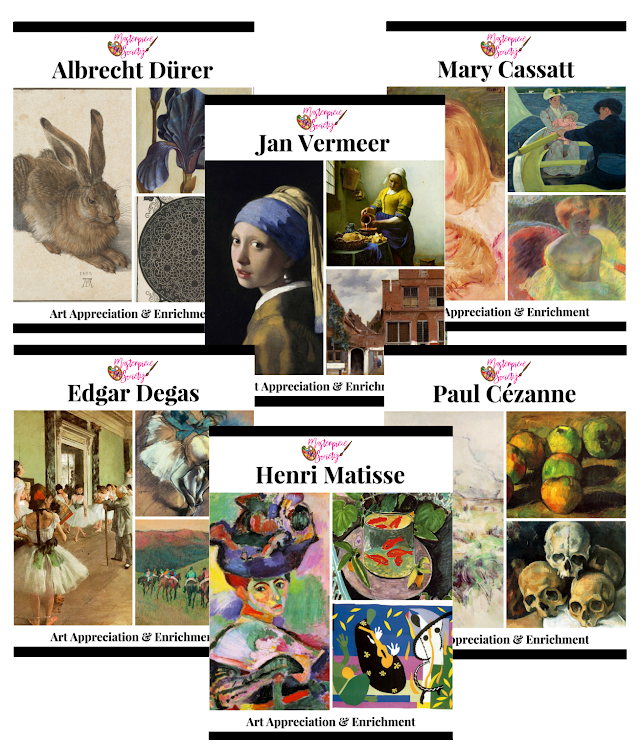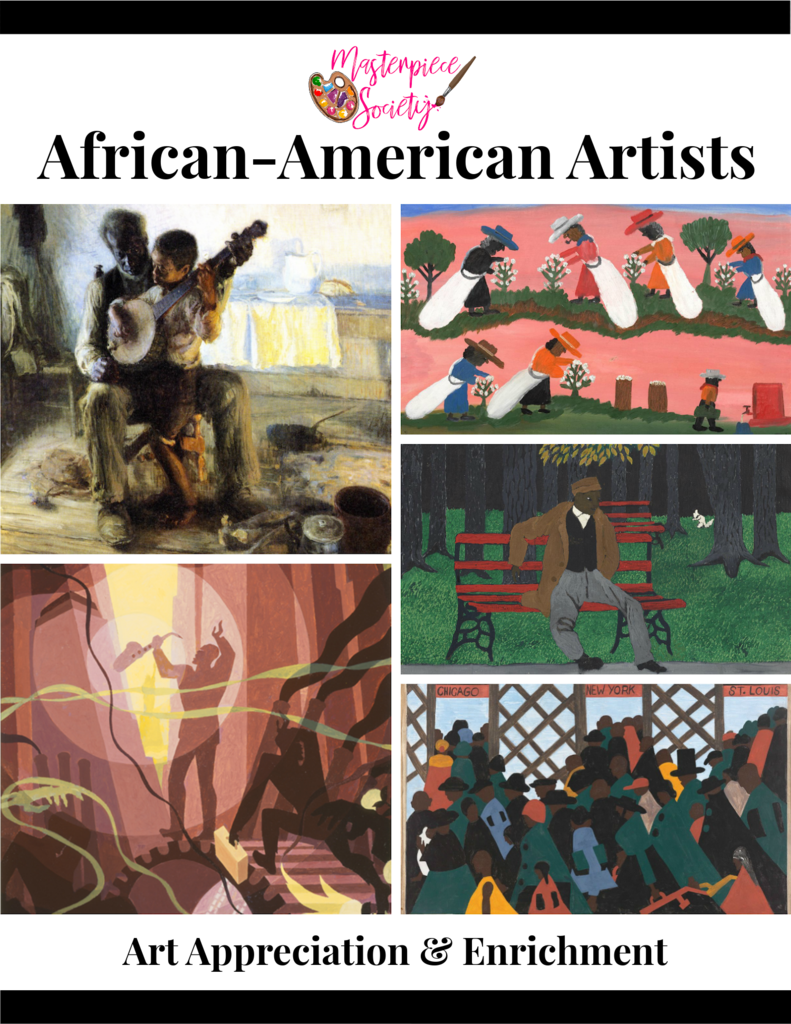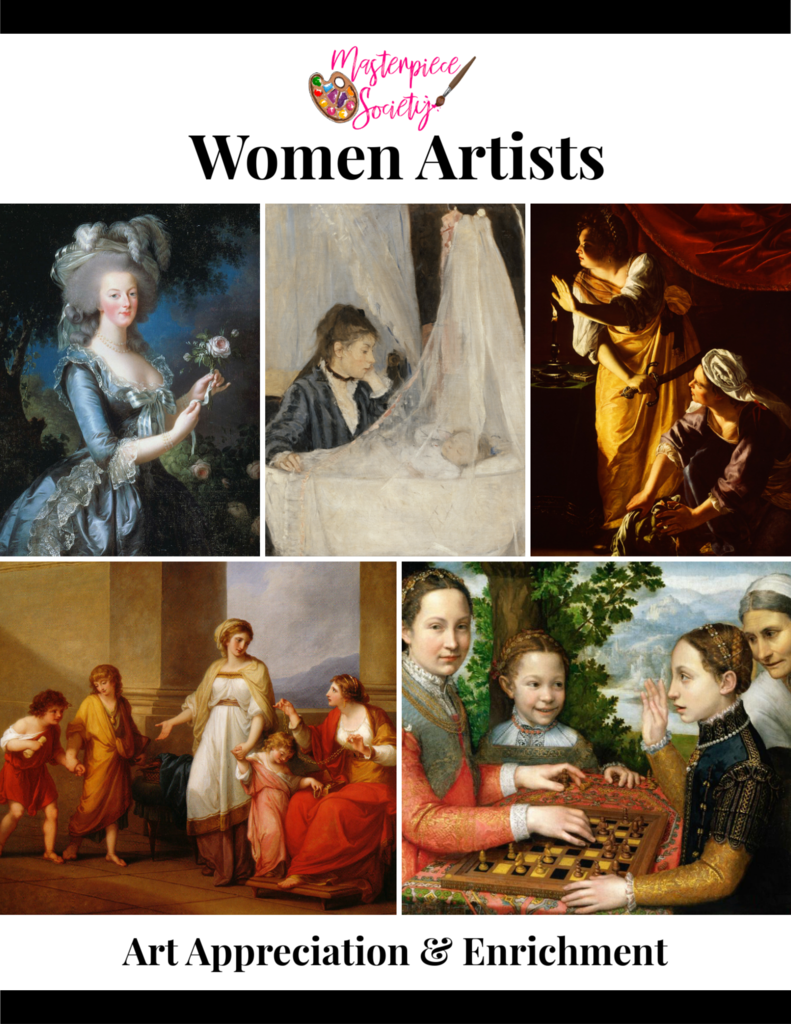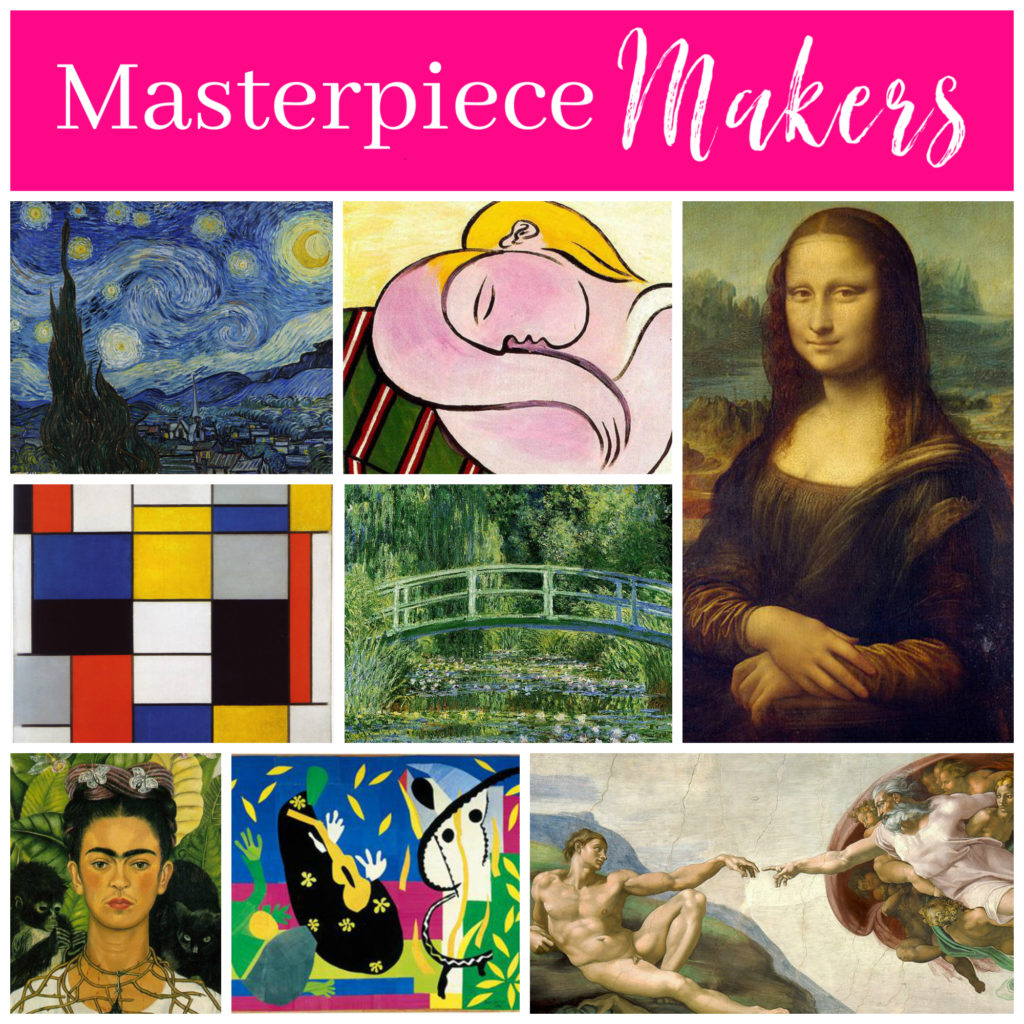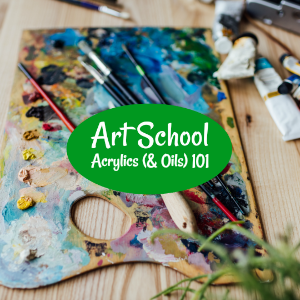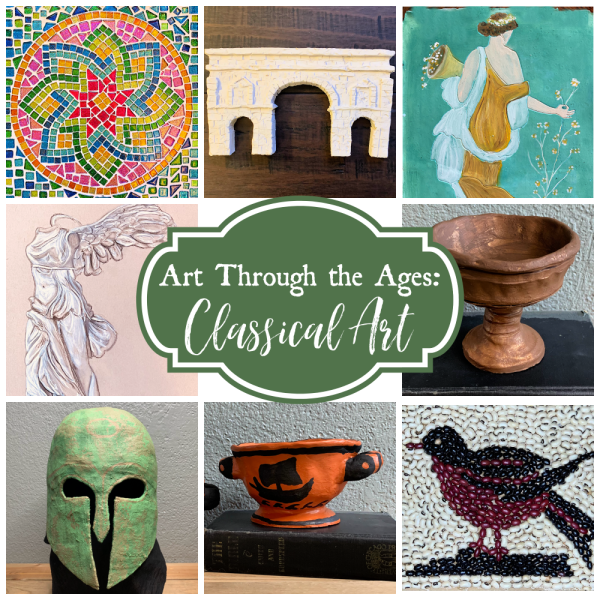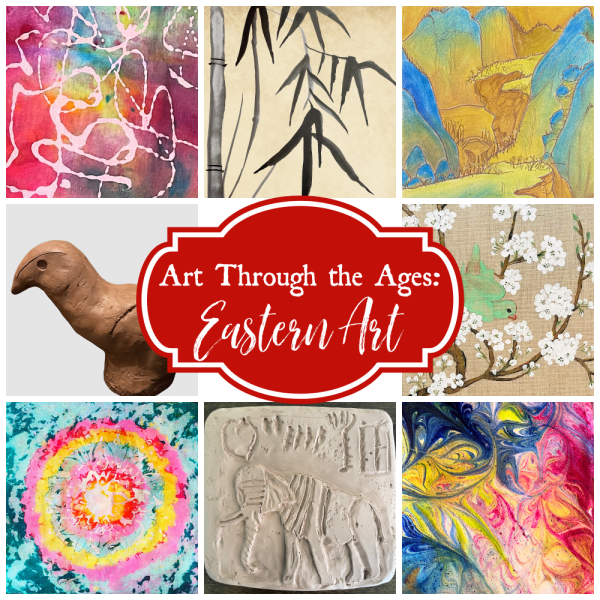Learn more about this amazing artist with this free homeschool artist study.
“My love for my fatherland will not die in my heart.” ~Angelica Kauffman
Angelica Kauffman Early Life
Angelica Kauffman (pronunciation) was born in Switzerland in 1741. Her father, Joseph Johann Kauffmann, was a muralist and painter, while her mother, Cleophea, was of noble birth.
Recognizing Angelica’s talents at an early age, both her parents did everything they could to provide her with the best education. Her father taught her how to paint and her mother taught her the ways of culture and class.

Angelica also learned to play the cello and had a beautiful singing voice. In fact, she grew to be such a talented musician that she seriously considered choosing the life of an opera singer instead. However, in the end, she chose the life of an artist and so began to paint professionally.

A Master Artist’s Career Begins
Angelica and her parents frequently traveled through Europe as her father took commissions. Sadly, her mother died in 1754. It was a hard time for Angelica and her father, but they found strength in each other, and Angelica’s father continued to teach her the ways of art.
When she was sixteen years old, Angelica traveled with her father to Austria, where she worked as his assistant in painting a fresco of the Twelve Disciples in a church. It wasn’t long after that she began receiving commissions of her own, and by the time she was twenty, she was supporting both her father and herself.

She began to travel throughout Italy, taking more commissions for portraits. She was well-liked wherever she went due to her cultured upbringing and friendly disposition, and people everywhere wanted her to do portraits for them.
Kauffman in the Academy of Fine Arts of Florence
In 1762, she became a member of the Academy of Fine Arts of Florence. Three years later, her work reached England and took them by storm. While traveling, she befriended Lady Wentworth-Murray, who was the wife of an English ambassador, and she convinced Angelica to move to England. There, her popularity only continued to grow. It was hard, though, living so far from her father, and they frequently wrote back and forth.

In 1769, just after the Royal Academy of Arts was established, Angelica was featured in the first catalog, being one of only two women featured. She continued to exhibit numerous art pieces at the Royal Academy for the next thirteen years.

Angelica was a prolific artist and created many kinds of art, but she identified primarily as a historical painter. This is because, at this point in time, historical painting was the most respected and considered the highest form of art. Angelica took full advantage of this by painting many historical and mythological art pieces.
Women were almost always front and center of her artwork because she wanted to show how women were just as strong and of equal status as men.

Angelica Kauffman Death
Angelica continued to paint for the rest of her life until she died in Rome in 1807. The people were heartbroken at her passing, and it is said that she had the greatest and most elaborate funeral for a painter in Rome since Raphael.

Miss Angel: The Art and World of Angelica Kauffman, Eighteenth-Century Icon Angelica Kauffman: Art and Sensibility (The Paul Mellon Centre for Studies in British Art)
Angelica Kauffman: Art and Sensibility (The Paul Mellon Centre for Studies in British Art) Angelica Kauffmann: A Woman of Immense Talent
Angelica Kauffmann: A Woman of Immense Talent Angelica Kauffman – Paintings & Drawings (Zedign Art Series)
Angelica Kauffman – Paintings & Drawings (Zedign Art Series) Angelica Kauffman: A Continental Artist in Georgian England
Angelica Kauffman: A Continental Artist in Georgian England Angelica Kauffman: The Whole World is Angelicamad
Angelica Kauffman: The Whole World is Angelicamad 56 Color Paintings of Angelica Kauffman – Austrian Neoclassical Painter (October 30, 1741 – November 5, 1807)
56 Color Paintings of Angelica Kauffman – Austrian Neoclassical Painter (October 30, 1741 – November 5, 1807)




